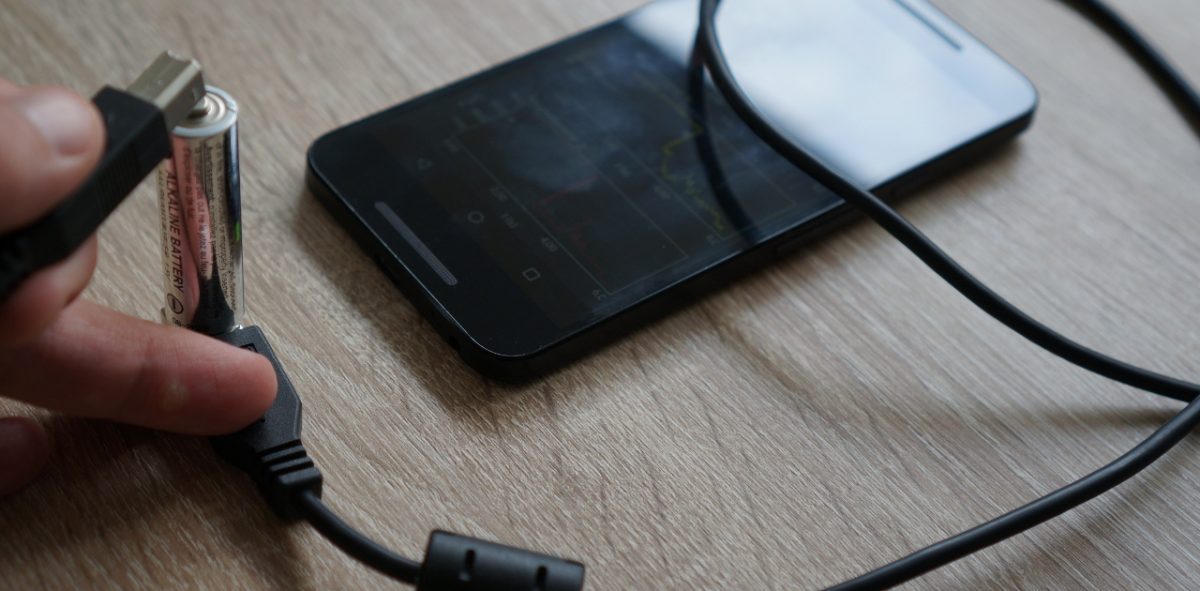
I just had a look at the data of our latest experiment assignment for our students. Just like in our previous collective measurement of pendulum frequencies, the students were supposed … Continue reading “Magnetic Field of a Current Loop”
Calculates and displays the FFT of magnetometer data. The strongest frequency is given as well.

The experiment “Magnetic field” just gives the raw data from the phone’s magnetometer. On most phones you can switch between calibrated and uncalibrated data in the menu.
Drop the smartphone along an array of magnets and analyze the recorded magnetic field to extract the linear acceleration. (Note, that there is a simple an alternative version using acoustic … Continue reading “Free fall (magnetic detection)”

Set up a bunch of magnets as marker, so you can use this experiment to measure the speed and distance while moving along these magnets.
The magnetic ruler is more a tool than an experiment on its own. It allows you to determine distances and speeds by marking distances with simple magnets.
As part of the phyphox talk at the International Conference on Physics Education 2022 and in honor of IUPAP’s 100th anniversary, we determined Earth’s radius/circumference with phyphox. The following map … Continue reading “Earth radius measurement (ICPE2022)”
Part 1: Audio Part 2: Magnetism Part 3: Acceleration
Add sensors to your smartphone to measure acceleration, angular velocity, temperature, light intensity, magnetic field, or voltage? It’s possible for less than 40 euros by utilizing phyphox BLE! Read more … Continue reading “Boost your Smartphone with Arduino”
Ball, Kugel o.ä. 1,5 V Batterie Bindfaden, Packschnur o.ä. zwei Gefrierbeutel, davon ein Verschließbarer Haargummi o.ä. (für Federpendel) alter Kugelschreiber langes Lineal magnetisierter Nagel, Stift o.ä. (für phyphox-Einführung) Pizzakarton o.ä. … Continue reading “Experimentiermaterial”



